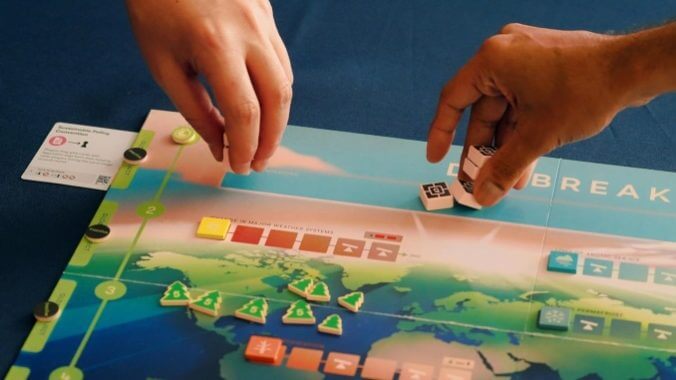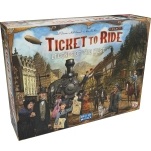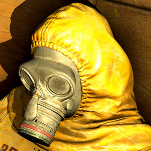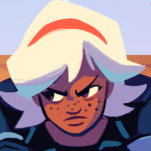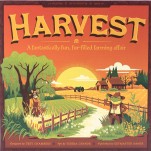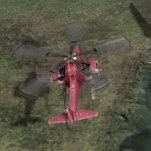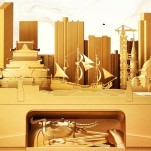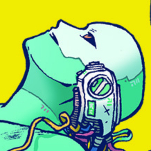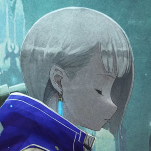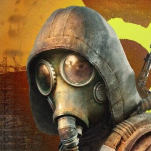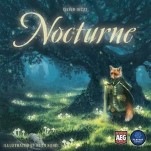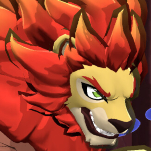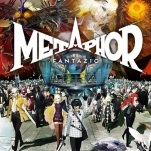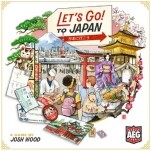Daybreak Brings the Climate Change Crisis to Game Night
Photos © CMYK/Richard Reininger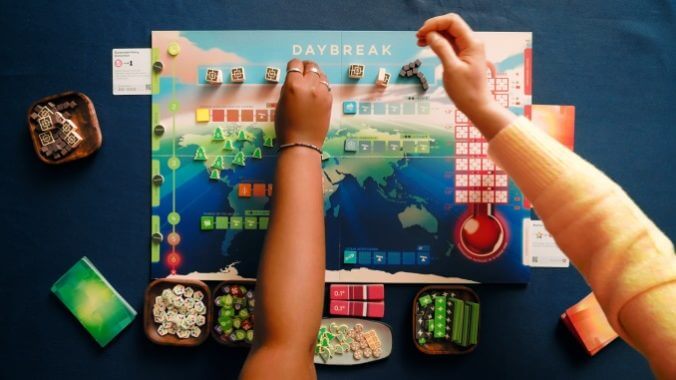
Matthew Leacock is the master of the cooperative game, creating the massive hit game Pandemic and its many spinoffs, including the acclaimed three-part Pandemic Legacy series, as well as games like Forbidden Island and the brand-new Forbidden Jungle. All of these follow a similar set of rules where you’re competing to accomplish some goal, collecting a set of cards or objects, before whatever disaster or plague spreads too far across the board and triggers a loss for everyone.
Leacock’s newest game, Daybreak, is also a cooperative title, co-designed with Matteo Menapace, and this time takes on the serious and real threat of climate change. It’s also a completely new design, with very different mechanics from any of his previous cooperative games, with a slightly harder learning curve but a fantastic playing experience that works especially well with more players.
In Daybreak, players play as different regions of the world with different conditions—Europe and North America start with more sources of carbon dioxide, but have slower population growth and more technology to mitigate some of the effects of greenhouse gas emissions, while the developing world starts with a bit less of everything but will see its population and thus its energy demand soar as the game progresses. Players must work together to try to get to net-zero carbon emissions through a combination of reducing CO2 production, increasing green energy production, and increasing carbon sinks to sequester what’s produced, all before six rounds are up or any player exceeds 12 communities in crisis (which come from certain crisis cards or from failing to meet your population’s energy demand). If you do reach net-zero and still have space for more carbon remaining in the world’s forests and oceans, you achieve “Drawdown,” and must clear one last set of crisis cards to win and save the planet.
Each player starts with their unique set of five Local Project cards laid out above their player board, and as the game progresses, they’ll play further cards to those same five columns. Cards have one to three symbols in the upper right corner that allow them to interact with other cards in the same column or in your tableau. Most cards allow you to activate them at least once per round, with many of them requiring certain symbols in the same column for you to use them at all, and some cards become more powerful if you have more of the matching symbol in that column. You have the choice to play a card to the front of a column, covering most of the card that was already there (except its symbols), or to the back of it, so only its symbol(s) show and perhaps make the front card more powerful. You can also play cards to Global Projects that apply to all players, allowing you to use them during the round; or to Crisis cards to try to defuse them before they do bad things to the planet.
-

-

-

-

-

-

-

-

-

-

-

-

-

-

-

-

-

-

-

-

-

-

-

-

-

-

-

-

-

-

-

-

-

-

-

-

-

-

-

-

